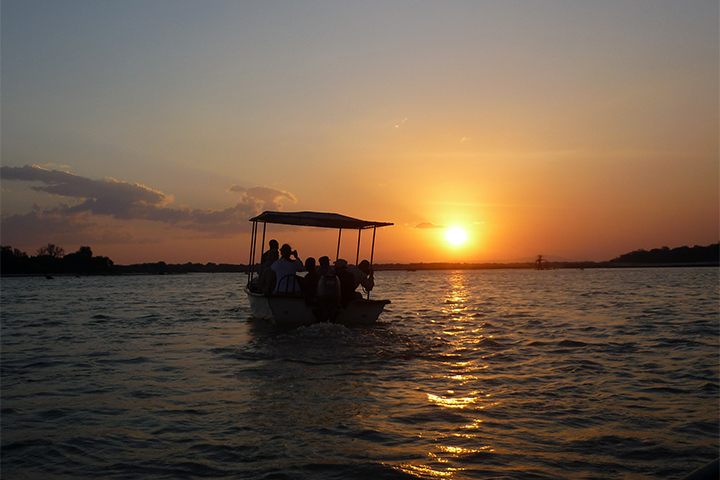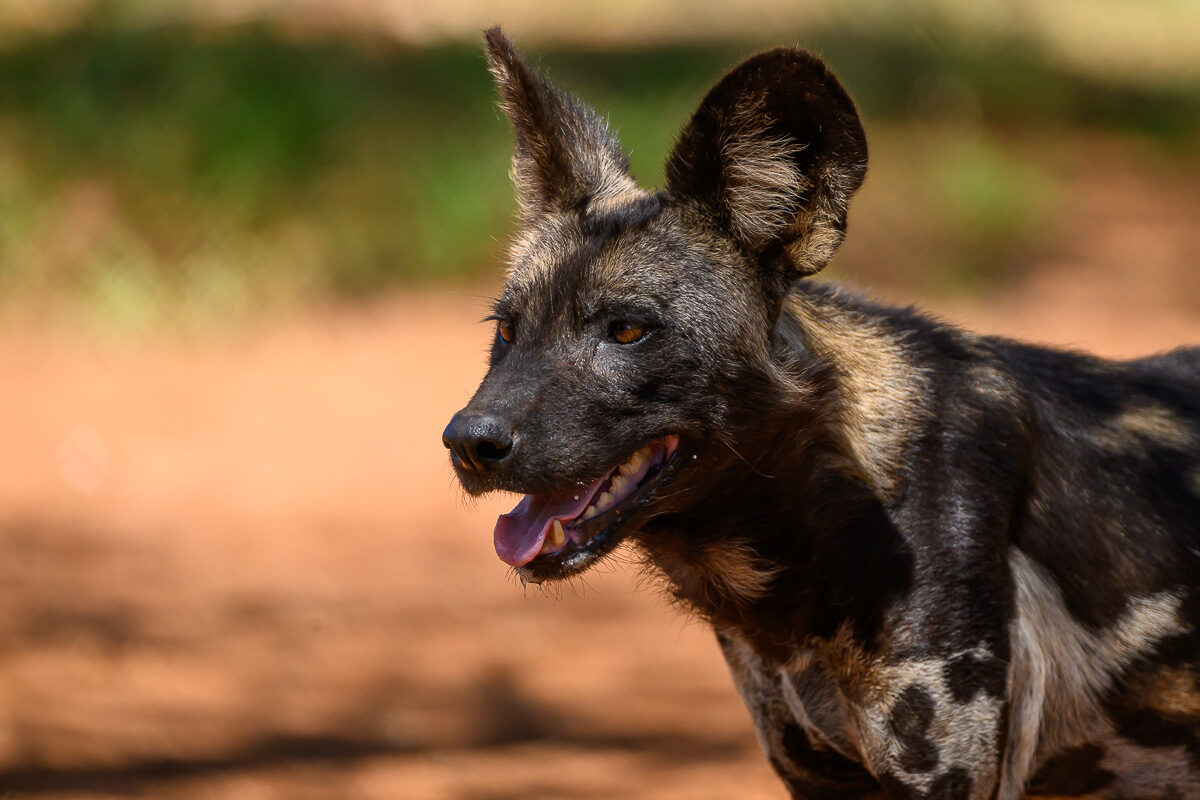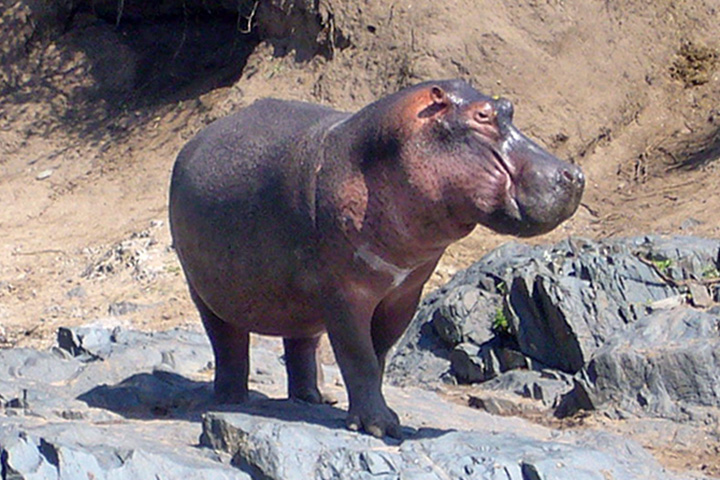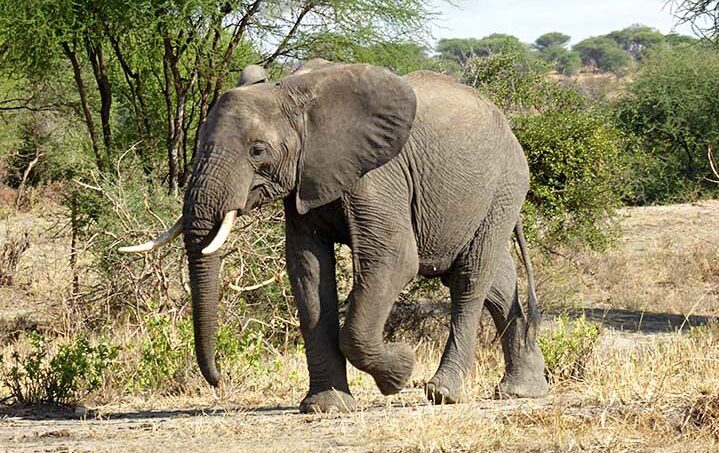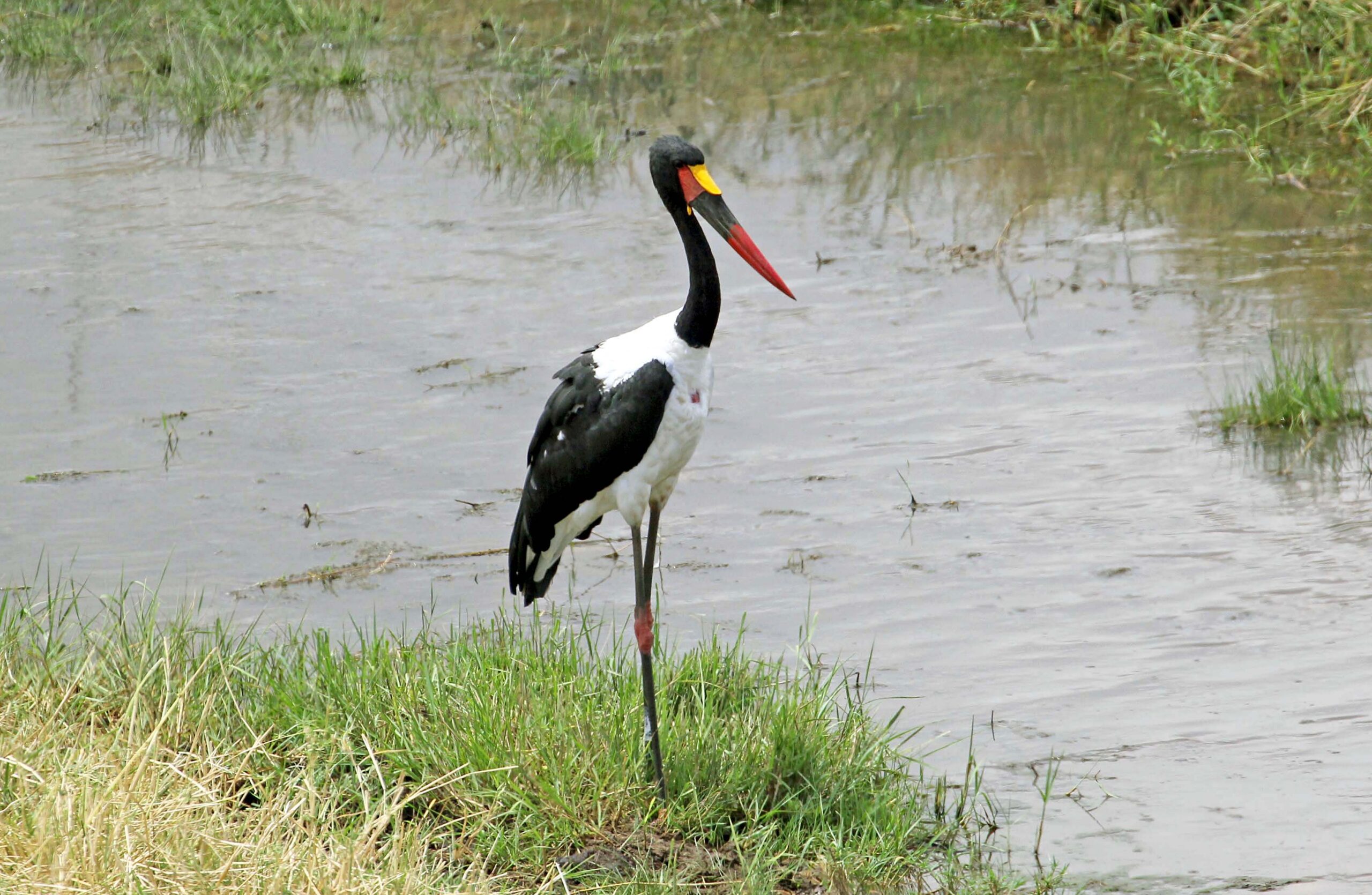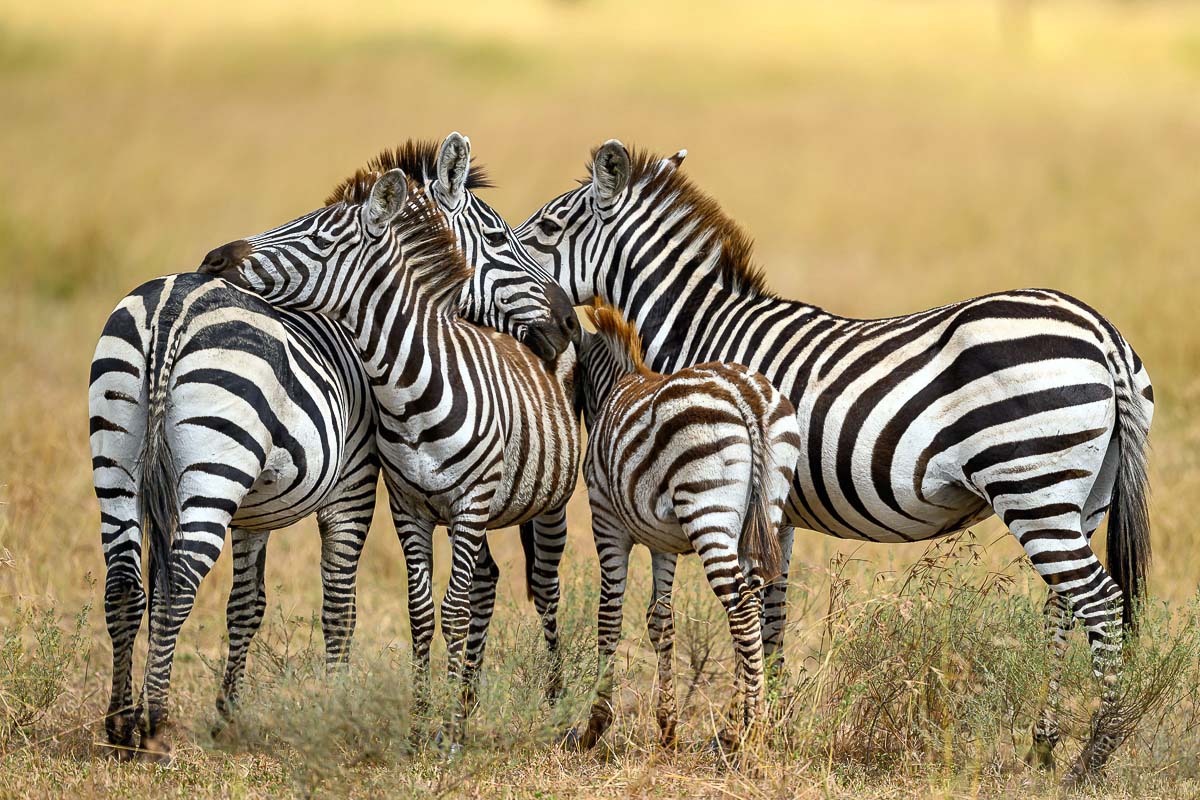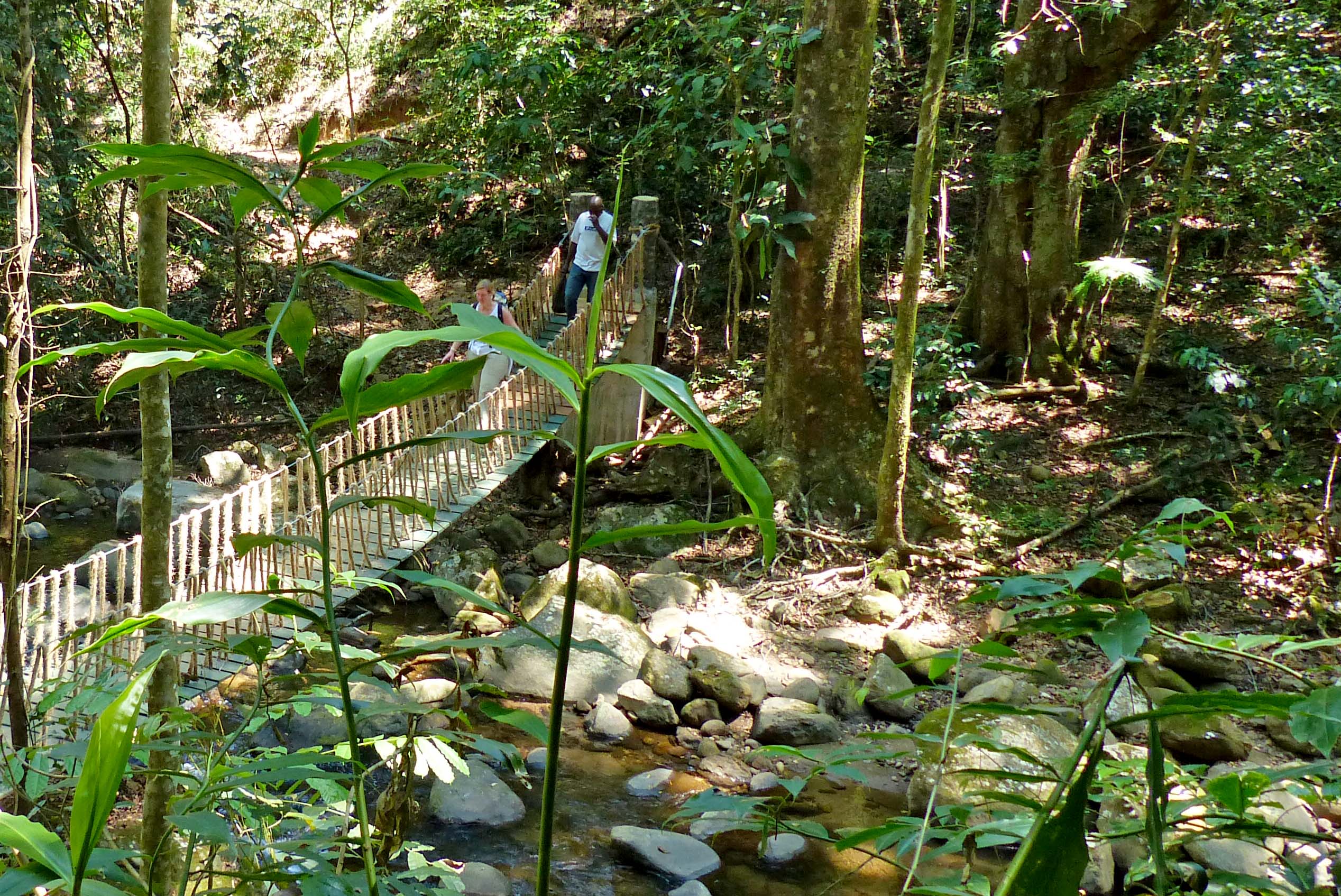Nyerere National Park
Nyerere National Park, formerly part of the vast Selous Game Reserve, is one of Africa’s largest and most pristine wildlife sanctuaries. Located in southern Tanzania, this park spans over 30,000 square kilometers, offering a truly remote and untouched safari experience far from the more frequented northern circuit.
Named after Tanzania’s founding father, Julius Nyerere, the park is a UNESCO World Heritage Site known for its rich biodiversity and dramatic landscapes, including wide savannah plains, woodlands, wetlands, and the life-giving Rufiji River. The river is the heart of the park, creating a network of channels and oxbow lakes that attract an abundance of wildlife. Visitors can expect to see elephants, lions, leopards, buffaloes, and hippos, as well as one of Africa’s largest populations of wild dogs. Nyerere is also a birdwatcher’s paradise, with over 400 bird species recorded.
One of the highlights of a visit is the boat safari on the Rufiji River, offering a rare chance to see crocodiles, hippos, and birds up close from the water – an experience not commonly available in most national parks.
Offering game drives, walking safaris, and boat excursions, Nyerere National Park provides a diverse and intimate safari adventure, perfect for travelers seeking a quieter, more exclusive experience in the wild heart of Tanzania.
Ruaha National Park
Ruaha National Park is the largest national park in Tanzania. The addition of the Usangu Game Reserve and other important wetlands to the park in 2008 increased its size to about 20,226 km², making it the largest park in Tanzania and East Africa.
The name of the park is derived from the Great Ruaha River, which flows along its southeastern margin and is the focus for game-viewing. The park can be reached by vehicle on a dirt road from Iringa and there are two airstrips – Msembe airstrip at Msembe (park headquarters), and Jongomeru Airstrip, near the Jongomeru Ranger Post.
Mikumi National Park
The Mikumi National Park near Morogoro, Tanzania, was established in 1964. It covers an area of 3230 km² hence is the 5th largest in the country. The park is crossed by Tanzania’s A-7 highway. The Mikumi is bordered to the south with the Selous Game Reserve, the two areas forming a unique ecosystem. Two other natural areas bordering the national park are the Udzungwa Mountains and Uluguru Mountains.
The landscape of Mikumi is often compared to that of the Serengeti. The road that crosses the park divides it into two areas with partially distinct environments. The area north-west is characterized by the alluvial plain of the river basin Mkata. The vegetation of this area consists of savannah dotted with acacia, baobab, tamarinds, and some rare palm. In this area, at the furthest from the road, there are spectacular rock formations of the mountains Rubeho and Uluguru. The southeast part of the park is less rich in wildlife, and not very accessible.
The fauna includes many species characteristic of the African savannah. According to local guides at Mikumi, chances of seeing a tree-climbing lion is larger here than in Manyara (famous for being one of the few places where the lions exhibit this behavior). The park contains a subspecies of giraffe, that biologists consider the link between the Maasai giraffe and the reticulated or Somali giraffe. Other animals in the park are elephants, zebras, impala, eland, kudu, black antelope, baboons, wildebeests and buffaloes. At about 5 km from the north of the park, there are two artificial pools inhabited by hippos. More than 400 different species of birds also inhabit the park.
Udzungwa National Park
Udzungwa Mountains National Park is a national park in Tanzania with a size of 1,990 km². The habitats contained within the national park include tropical rainforest, mountain forest, miombo woodland, grassland and steppe. There is a vertical height range of 250–2,576 m (the peak of Lohomero), which incorporates the Udzungwa Mountains as part of the Eastern Arc Mountains. There are more than 400 bird species, 2500 plant species (25% of which are endemics) and 6 primate species. It has the second largest biodiversity of a national park in Africa.
Six primate species have been recorded, five of which are endemic. The Iringa red colobus and Sanje crested mangabey are only found in the Udzungwa Mountains National Park, the mangabey species was undetected by biologists prior to 1979.
Tourism in the Udzungwa Mountains national park revolves around hiking and trekking, as the park has no roads and is accessible only on foot. The hiking trails range in difficulty from the short one-hour Sonjo trek to the extremely challenging 6-day camping trek the Lumemo Trail. The most common walk is the Sanje Waterfalls trail which takes approximately four hours to complete and allows the visitor access to the stunning 170 m waterfall and includes swimming in the waterfall plunge pools as part of the activity.


